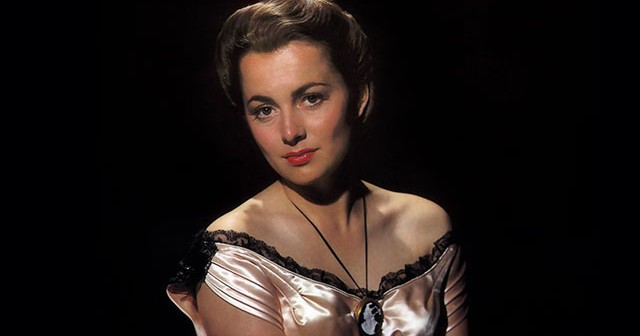
Early Cinema and Female Representation
In the early years of cinema, women played significant roles both in front of and behind the camera. Female filmmakers, such as Alice Guy-Blaché, were pioneers in creating diverse narratives. However, as the film industry evolved, particularly during Hollywood's Golden Age (1910–1960), women's roles began to diminish significantly. Research indicates that female representation hit an all-time low during this period, where women constituted only about 40% of the film workforce in acting roles, and even less in directing and production positions[1]. The consolidation of power within a few male-dominated studios drastically reduced the opportunities for women, as male producers often preferred to hire male directors and writers[1][2].
The Decline in Female Roles
The introduction of the studio system from 1915 to 1920 marked a significant shift in the film industry. Women experienced a steady increase in participation before this system emerged, yet by 1930, the number of acting roles for women halved, and producing and directing roles nearly vanished[1]. The portrayal of women in this era often reverted to traditional stereotypes, with female characters frequently depicted as damsels in distress, requiring male protagonists to rescue them[4]. Such archetypes reinforced the notion of women as passive and inferior, a template that continued into the following decades.
Changes in the 1970s and 1980s

The 1970s saw a gradual shift with the rise of feminist movements, leading to increased awareness regarding gender inequality in cinema. Films like Alien (1979) introduced strong female characters such as Ellen Ripley, who broke from traditional female roles to become a pioneering action hero[4]. Despite this progress, the industry still maintained a patriarchal structure that limited women's roles, both on screen and in production capacities. Reports suggested that by the mid-1980s, although women had begun to penetrate areas traditionally seen as 'male-only' spheres, they remained severely underrepresented behind the camera[2][4].
The Modern Era and Continued Challenges

In recent decades, women in the film industry have made inroads, though significant challenges remain. For instance, a 2017 report highlighted that women made up only 17% of the behind-the-scenes workforce in the film industry—from directors to producers—indicating an ongoing struggle for recognition and equality[2]. Additionally, among the top 250 films from the 2015-2016 period, 96% had no female cinematographers and 92% had no female directors[2]. Such figures reflect the deeply ingrained biases against women, perpetuating gender inequalities that still resonate today.
The impact of movements like #MeToo and Time's Up has sparked critical conversations around gender disparities, yet the outcome in terms of representation has been mixed. Even amidst these movements, the portrayal of women at awards nominations remains starkly imbalanced, with few female filmmakers receiving recognition for their work[2]. It is this duality of presence and absence that continues to define women's roles in contemporary cinema.
Statistical Insights and Future Directions
Recent studies have indicated an overall increase in female representation in cinema, yet the statistics reveal a nuanced reality. For instance, films directed by women tend to feature a higher percentage of female characters and crew members, yet these films often receive reduced budgets compared to their male-directed counterparts[7]. Moreover, the Bechdel test, a common standard for evaluating female representation, shows that although the number of films passing the test has increased, the meaningful depiction of women still often falls short[5].
According to recent trends, while female cast ratios have improved over time, they are often correlated with lower budgets and box office returns, indicating that systemic issues persist within the industry[5]. Research emphasizes the need for greater investment in films with strong female narratives, asserting that women's perspectives in filmmaking are critical for enhancing diversity and inclusivity in storytelling[7].
Conclusion
The portrayal of women in cinema has evolved significantly over the decades, transitioning from strong early presences to diminishing roles during the Golden Age, and gradually returning to more nuanced representations in contemporary films. Despite the strides made, the film industry continues to grapple with gender inequalities that restrict women’s roles both in front of and behind the camera. It is crucial for upcoming narratives to focus on fostering environments that support women filmmakers and challenge entrenched stereotypes, thereby creating a more balanced and inclusive cinematic landscape. The continued advocacy for women's rights in the industry underscores the importance of striving for parity and genuine representation in storytelling.
Get more accurate answers with Super Pandi, upload files, personalized discovery feed, save searches and contribute to the PandiPedia.
Let's look at alternatives:
- Modify the query.
- Start a new thread.
- Remove sources (if manually added).